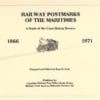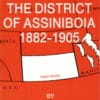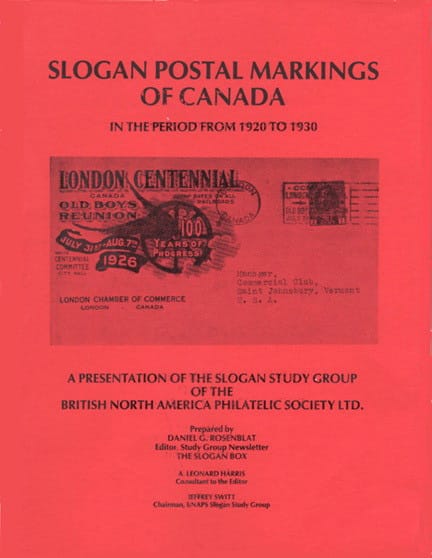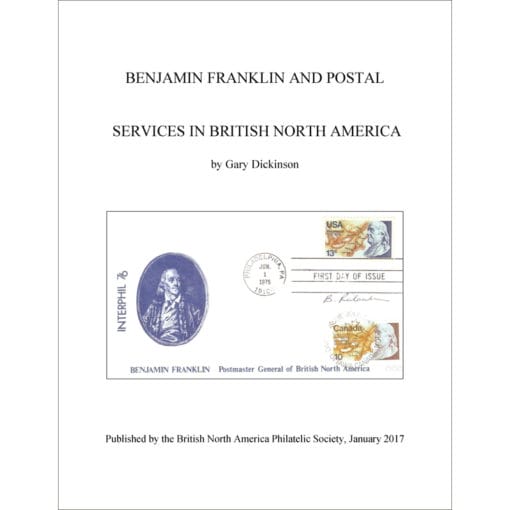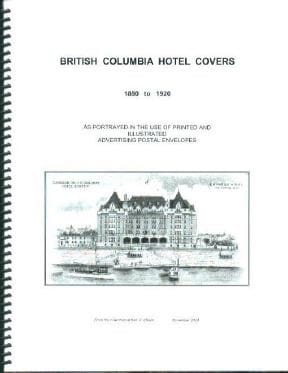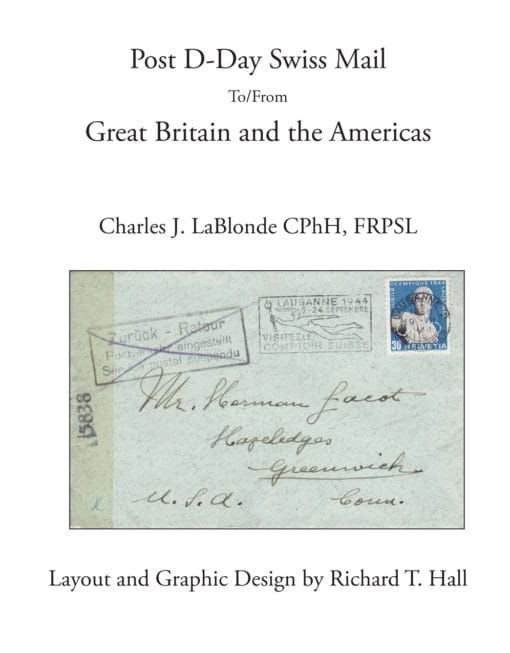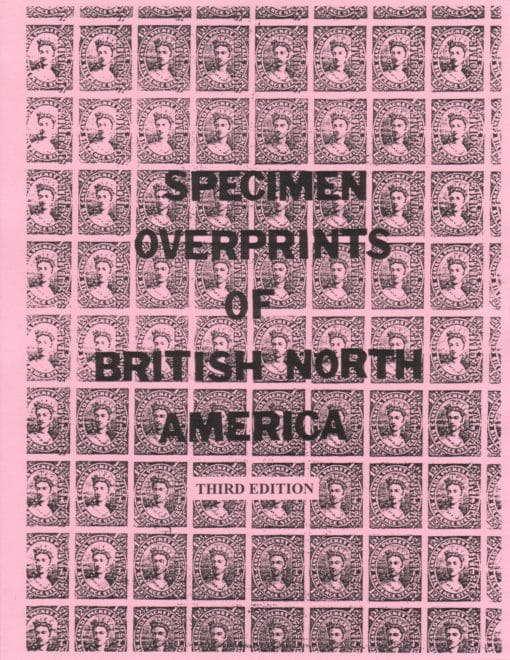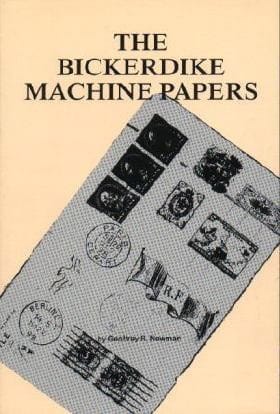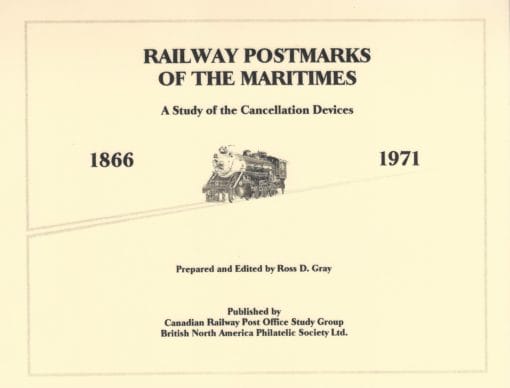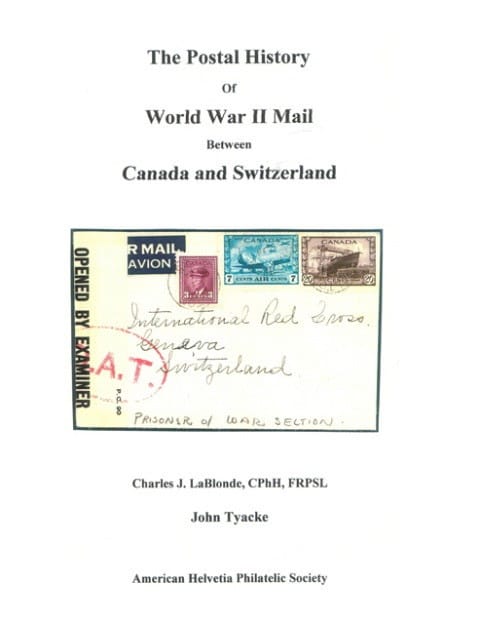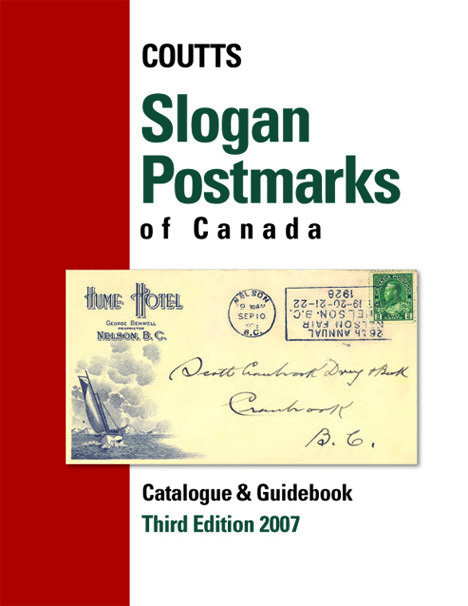Rosenblat, Daniel G. (1991). Slogan Postal Markings of Canada in the Period from 1920-30.
$11.00
Rosenblat, Daniel G. (1991). Slogan Postal Markings of Canada in the Period from 1920-30.
In stock (can be backordered)
In “Slogan Postal Markings of Canada in the 1920-30 Period” postal slogans are divided into two broad classifications. The first is Proprietary Slogans, normally sponsored by private organizations to promote local events or causes, although occasionally including Pot Office originated postal directive slogans applying only to a specific office. These are used only by a single office, sometimes for a single year only or also spread over-several years. They are first listed by offices-by years, to satisfy geographical interests, then the same data is rearranged by-years-by offices, to better satisfy chronological interests.
The second classification is Multi-Office Usage Slogans, the larger group of slogans that were used concurrently in from several to a great many offices. These-include not only most oi the postal directives, but also Federal Government sponsored slogans advertising national events or policies, such as-the sale of government securities, the 50th anniversary of Confederation, or the preservation of natural resources. They also include privately sponsored slogans of national, rather than only local, causes or events, such as the sale of Poppies in connection with Remembrance Day ceremonies or the controversial exhortation to 0bserve Sunday. Used for a single year or extending over many years, these slogans are listed alphabetically and then chronologically.
The Introduction to “Slogan Postal Markings of Canada in the 1920-30 Period” also contains a good deal of detail on such general subjects as slogan types, slogan distribution, slogan documentation and cancelling machines. In the 1920-30 decade the Canada Post 0ffice itself realized the potential of slogan advertising for its own special services, such as registered mail, parcel post, C.0.D.etc., normally referred to as Postal Directive slogans. These produced a very rapid growth in the number of subjects covered by slogan advertising and in the number of using offices, since almost every office with a machine cancelling device could employ them, rather than just those offices where local sponsors existed.
78 pages, 8.5″ x 11″, cirlox bound.
| Weight | 0.273 kg |
|---|---|
| Dimensions | 11 × 8.5 × 1.975 cm |
Related products
British North America
Boyd, Norman (1991). Specimen Overprints of British North America.
Postal History
Postal History

